Japanese meat culturing project goes beyond hamburger to copy problematic delicacies like sea urchin, foie gras — and someday maybe dinosaur.


Japanese meat culturing project goes beyond hamburger to copy problematic delicacies like sea urchin, foie gras — and someday maybe dinosaur.
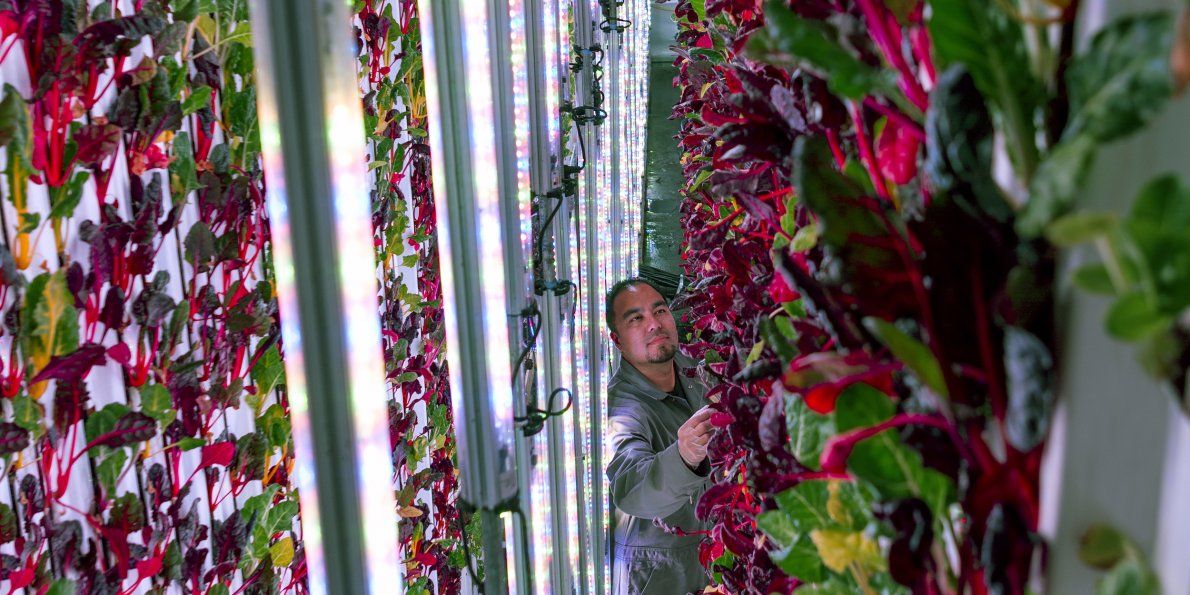
Following a $200 million investment this summer — the largest agriculture-tech funding round in history — vertical farming startup Plenty is expanding beyond its Bay Area roots.
The company is opening a second farm in the greater Seattle area, Plenty CEO Matt Barnard told Business Insider. Located in Kent, Washington, the 100,000-square-foot warehouse facility will grow 4.5 million pounds of greens annually, which is enough to feed around 183,600 Americans, according to the USDA.
The new farm will officially start production in spring 2018. Instead of growing outdoors, Plenty grows its crops on glowing, LED-lit 20-foot-tall towers inside a former electronics distribution center in South San Francisco. The towers do not require soil, pesticides, or even natural sunlight.
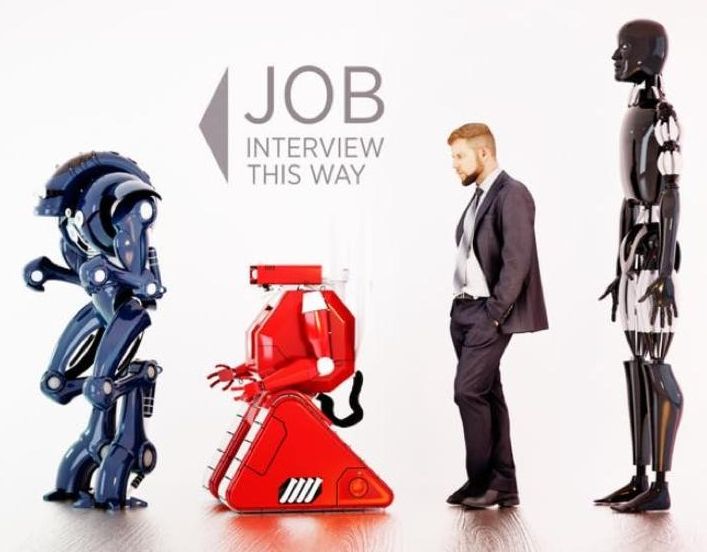
“The humanoid robot market will grow from $320.3 million this year to $3.9 billion in 2023,”
The consumer market is definitely there, but you have to deliver a robot that can do practical things. For people working on robots out there. Right Now, I would just sit and focus on a robot that can move around an average kitchen, and make the most basic of meals; show that it can be done, and be sold for a reasonable price, that would be Phase 1. Phase 2 would be rigging up the cooking robot to be able to at least clean an kitchen and a bathroom, eventually an entire house. Phase 3 would be rigging up the cooking/cleaning robot to be able to do basic landscaping tasks. At that point i believe every household in America would want one. Phase 4 would be rigging it with niche entertainment features, and rigging it with the human level AI that turns up around 2029.
Greater interest from manufacturing, medicine, and retail will drive robotics growth for the next five years.
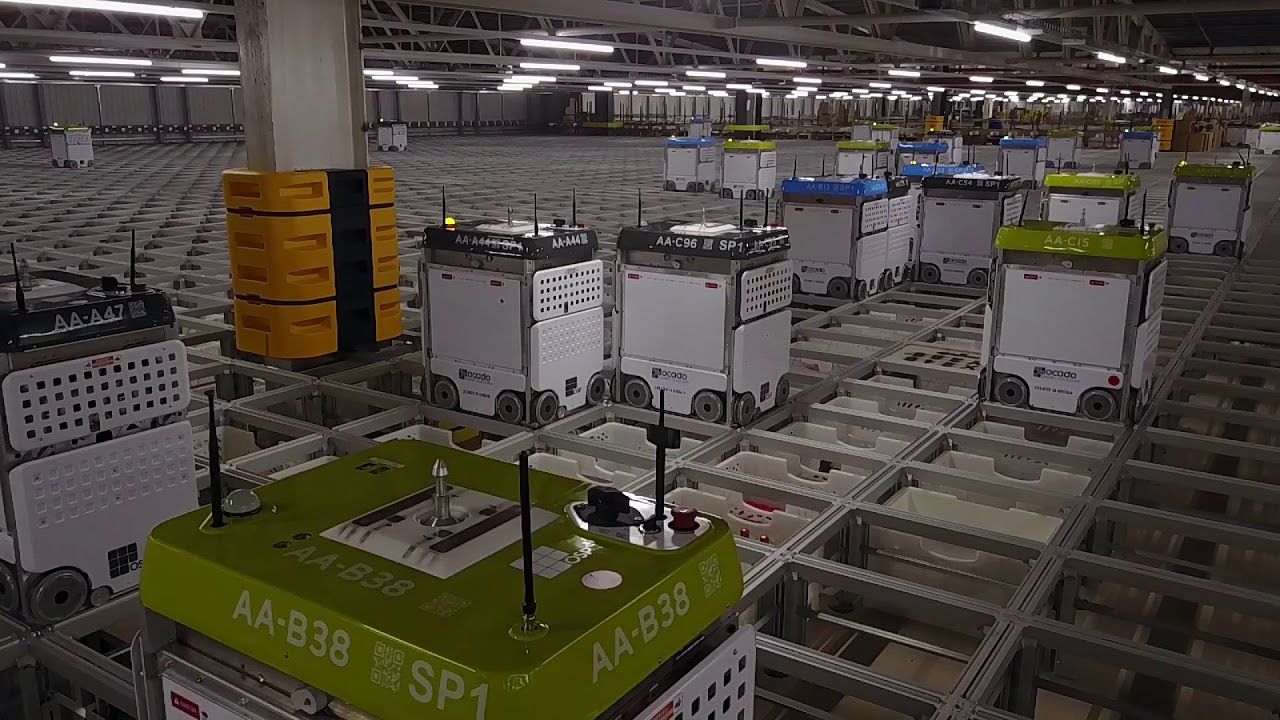
It once took online grocer Ocado two hours to put together a box of 50 food items. Now machines can do it in five minutes.
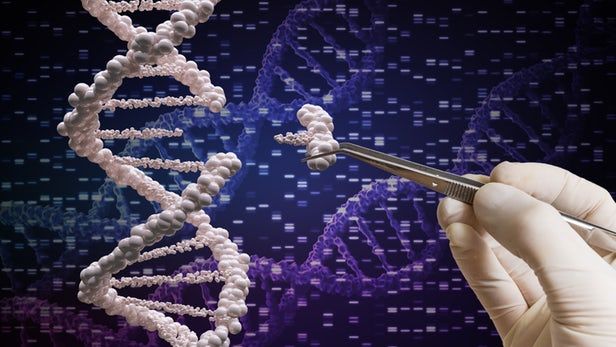
Over just a few short years the CRISPR gene-editing technique has revolutionized science, affecting everything from medicine to agriculture. Two new breakthrough studies have just been published describing dual methods that make the process more precise and efficient paving the way for scientists to safely alter DNA mutations that cause thousands of different human diseases.
CRISPR is conventionally a cut-and-paste tool allowing scientists to chop out unwanted strands of DNA and insert new genes, but a large volume of human diseases are caused by a single point mutation somewhere in a person’s DNA. Up until now scientists have not been able to simply and directly erase or rewrite these single mutations in living human cells.
Our human genome consists of 3 billion base pairs made up of chemical units referred to by the letters A, C, G and There are 50,000 known genetic mutations that are linked to disease in humans and 32,000 of these are single point mutations. Half of those single point mutations have been identified as a G-C pair that has mutated into an A-T pair.
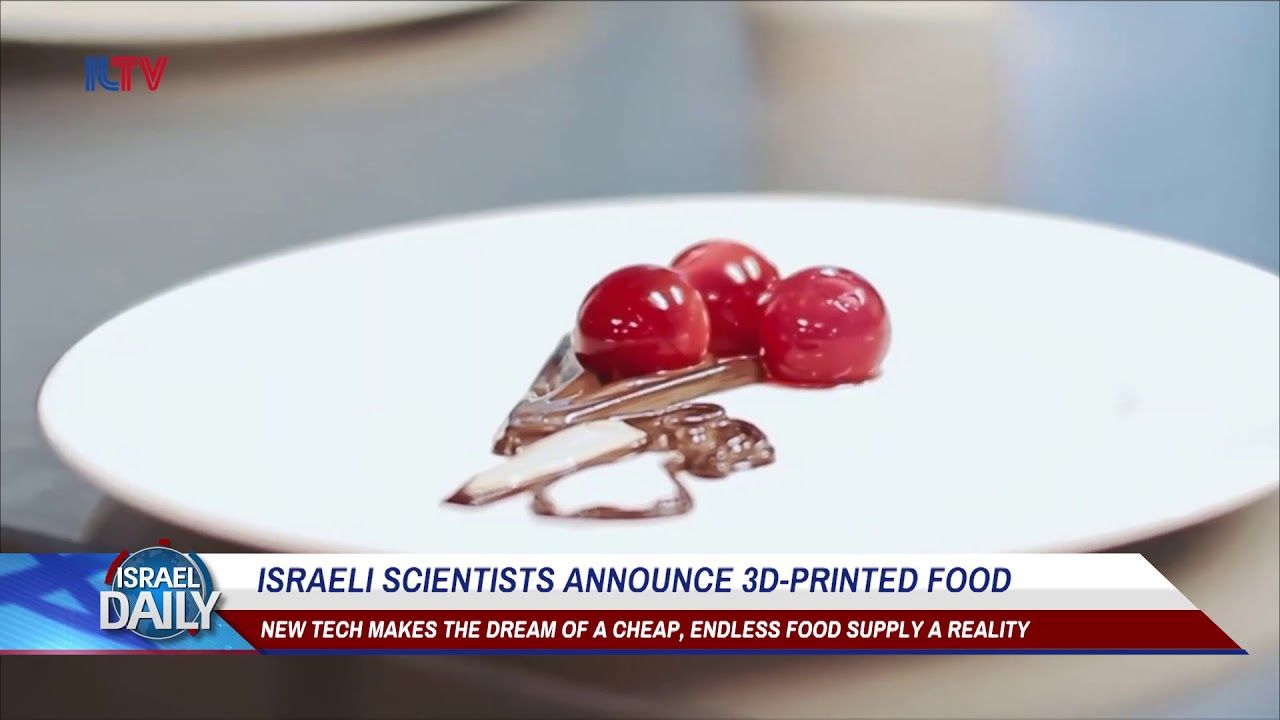
Two researchers at the Hebrew University of Jerusalem claim to have developed food 3D printing technology capable of printing entire meals from nano-cellulose, a naturally occurring fiber that contains no calories.
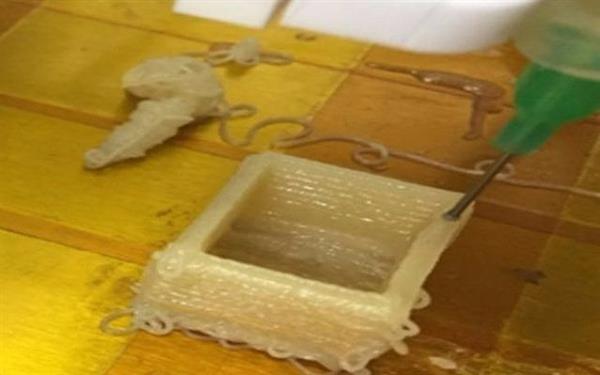
3D printed food. Do you need it? No. Do you want it? Not especially. Are companies going to continue exploiting the highly novel concept in order to make money? Of course they are. And since it’s going to happen anyway, why not just get on board? From 3D printed pizza to 3D printed candy, these complex treats are here to stay. Yum!
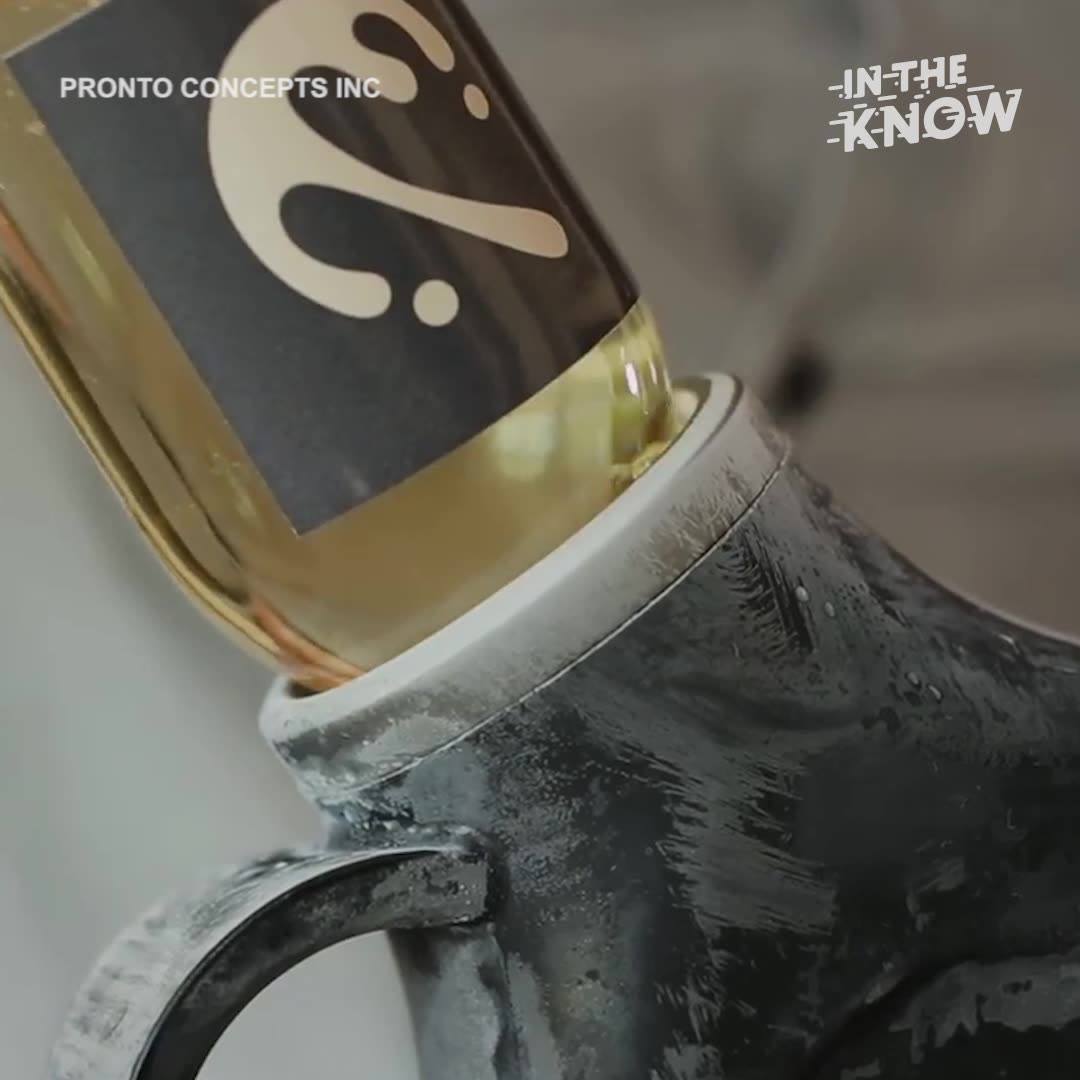
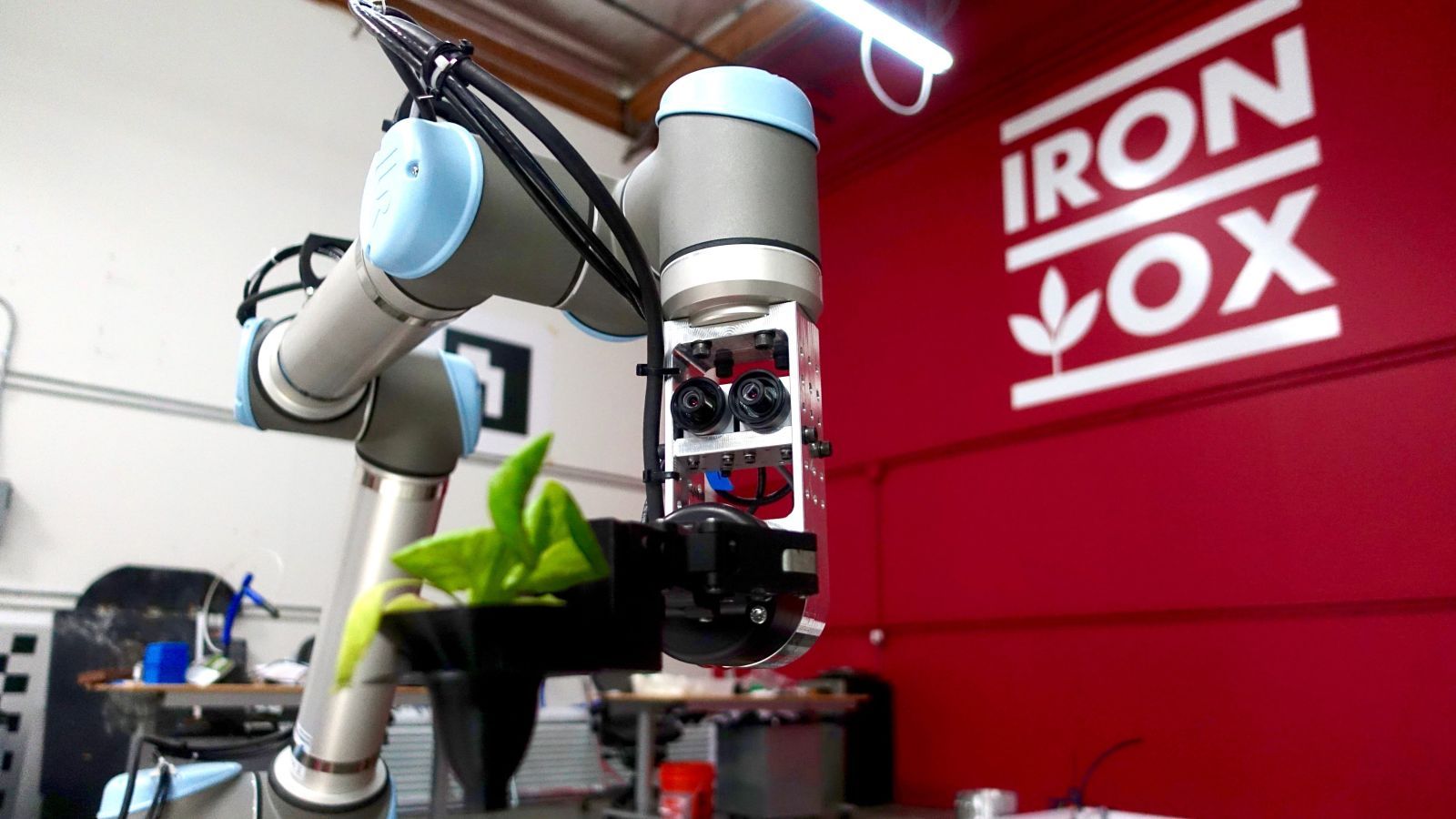
You could drive past and never see the only farm in San Carlos, California. The tiny city of 30,000 that sits between San Francisco and Silicon Valley has all the charms of suburbia—sprawling office parks and single-story homes—but doesn’t seem a likely suspect for agriculture.
The farm, run by startup Iron Ox, is nestled between three stonemasons and a plumber in a nondescript office park building; there’s no greenhouse, no rows of freshly-tilled soil, or tractor parked outside. Only peeking in the large bay door reveals the building’s tenants: a few hundred plants and two brightly-colored robot farmers.
Iron Ox looks a lot like a tech company. One of its co-founder is an ex-Google engineer and it raised $1.5 million in pre-seed venture capital from Y Combinator, Pathbreaker, and Cherubic Ventures in April 2016. Instead of fake food, or plant-based meat meals, or even a food delivery service tethered to an app, Iron Ox is reinventing farming, raising real, not faux, food. Think hydroponically raised lettuce and basil, like what you’d get at an ordinary farmers market.
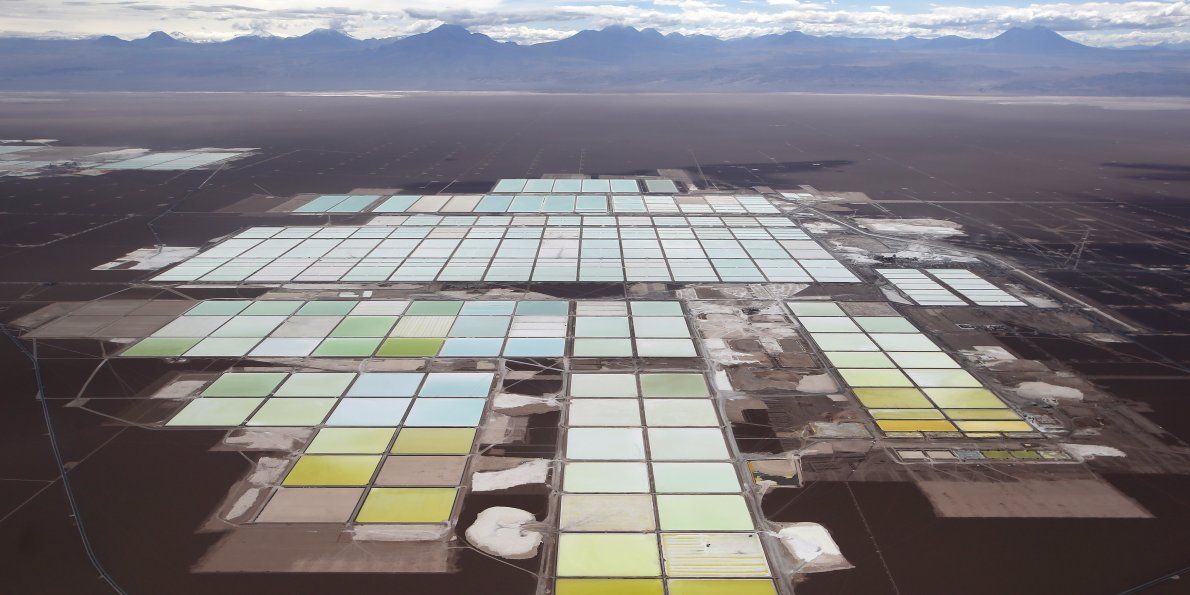
With the EV market about to explode and the European Union planning a battery-making consortium to bring the continent onto the global EV battery scene, Stanford researchers released a paper claiming their sodium battery could compete with the lithium-ion market leader.
New battery development has been fairly slow against the backdrop of the projected electric car market size, and so far no innovation has proved to be as economical as lithium-ion. The Stanford battery uses sodium—a cheaper, more abundant material than lithium—and is still in the development stages.
Sodium makes up the Stanford battery’s cathode, and the anode is made from phosphorus, with the addition of a compound called myo-inositol, which can be derived from rice bran or corn. According to the researchers, this chemical combination yields efficiency rates comparable to that of lithium-ion batteries at a lower cost—a much lower cost.
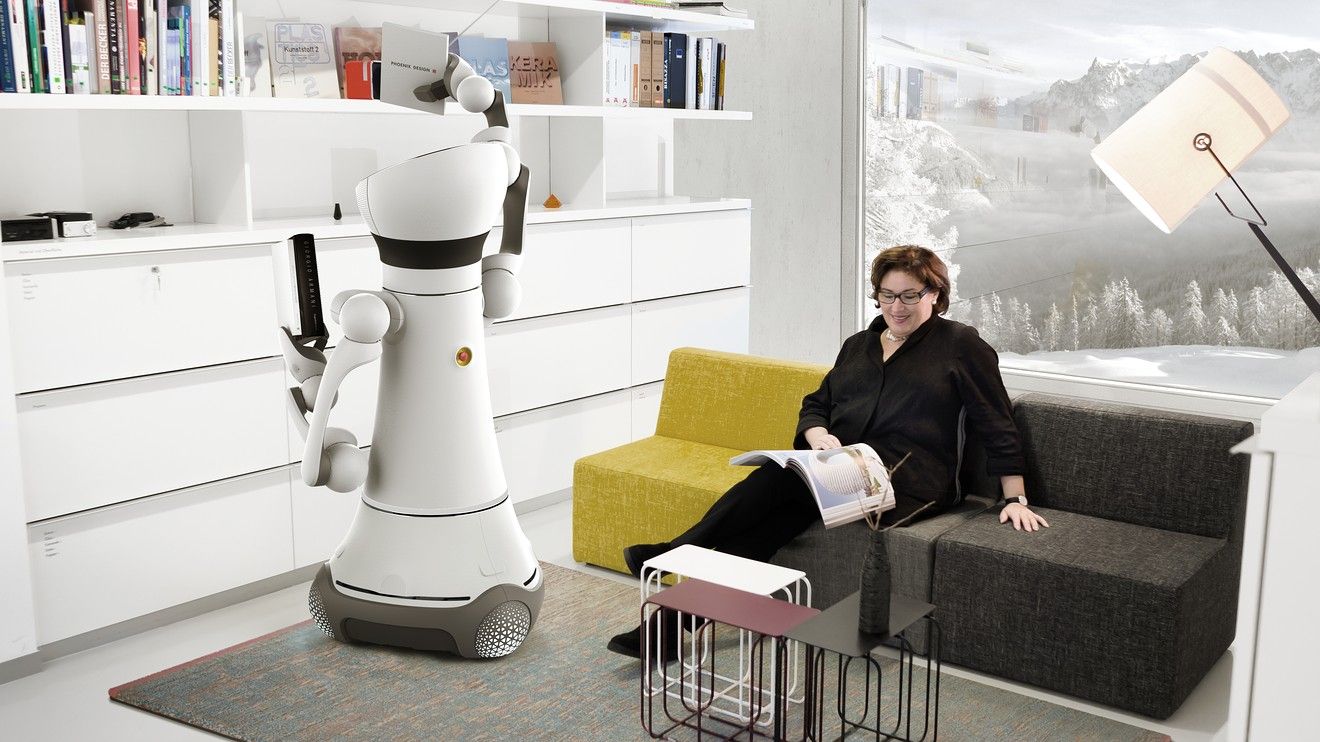
The market is definitely there. But, it needs to be able to do a minimum amount of practical things, in about this order: 1. it needs to be able to cook even the most basic of meals, being unable to cook for themselves is usually the main reason someone has to go into a nursing home; 2. being able to clean your average kitchen and bathroom; 3. being able to do basic yard tasks, operating a lawnmower and a snowblower. Those would be the most important, after those get mastered have it equipped to do more niche tasks and entertainment features.
As to when, we have clumsy humanoid robots right now, and AI will supposedly reach human level around 2029. It will just be a task of merging those two between now and then, and getting that robot down to a reasonable cost, which i think would be in the neighborhood of a brand new SUV.
As artificial intelligence advances, we humans will form relationships with our robot helpers and caregivers.